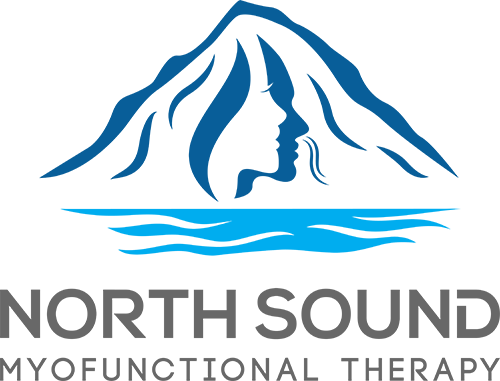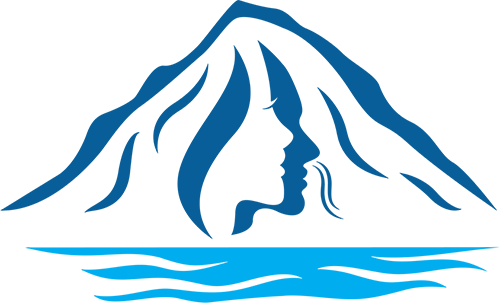Myofunctional Therapy

Myofunctional Therapy is an exercise based treatment program…
to teach correct tongue placement and to restore functional breathing, chewing and swallowing. Each session and phase of treatment is a stepping stone building on the previous to help ensure long term function and balance of the mouth and face muscles.
Why should I consider Myofunctional Therapy for myself or my child?
The simple answer: To address the underlying root causes to health or dental related symptoms that you (or your child) are experiencing. Myofunctional Therapy is an integral treatment in the prevention and correction of oral dysfunction linked to sleep breathing problems and a wide range of other conditions and symptoms, including:
- Sleep disordered breathing including sleep apnea, snoring, and mouth breathing
- Tongue-tie
- TMJ pain, facial and neck pain
- Speech and articulation
- Dental bite issues from a tongue thrust
- Crooked teeth after braces
- Altered face and jaw growth and development
- Tension and migraine headaches
- Postural issues
The Four Goals of Myofunctional Therapy are:
- Nasal breathing, day and night
- Lips together, day and night
- Proper tongue posture, day and night
- Correct swallowing pattern
The proverb, “The Nose is for Breathing, The Mouth is for Eating [and speaking] ” sums up how our mouths and noses are intended to primarily function. Correcting oral rest posture by achieving the 4 goals of therapy can lead to improved sleep and overall health. For children, proper oral rest posture is imperative to guide the face and jaws to develop and grow to their full genetic potential.
The effort is worth it! The 4 goals may seem simple but when a person has spent many years as a mouth breather, change requires practice over time and may require a multidisciplinary healthcare team approach. The long term goal of therapy is to create new neuromuscular pathways that can lead to permanent change.

Is your child suffering from chronic non restorative sleep caused by sleep breathing problems? Sleep disordered breathing (SDB), including sleep apnea and mouth breathing, is a serious condition in children related to oral muscle dysfunction.
Not just for kids…
Orofacial myofunctional therapy is also appropriate for adults. In many instances, a myofunctional disorder develops in response to late jaw growth, worsening of a malocclusion over time, or other reasons such as tooth loss. Therapy for adult patients is typically efficient. Adults of all ages are capable of achieving success in treatment.



How does a typical exam work?
This is a list of all the things I look at during a myofunctional therapy examination:
- Tonsils and adenoids
- Mouth breathing vs. nasal breathing
- Where the tongue rests in the mouth
- Tongue-tie
- Orthodontic treatment
- Speech and articulation
- Jaw pain and dysfunction
- Head, neck, and facial pain
- Snoring and sleep apnea
- Facial structure
- Habits such as thumb and finger sucking
A thorough assessment:
I do a thorough assessment to glean the “big picture” of current and past medical and dental health as it relates to the structures and function of the head, neck and mouth. I teach my patients exercises that relate to tongue placement, breathing, speaking, chewing, and swallowing.
For success using this therapy, consistent exercise every day is necessary until the patient has fixed their improper muscle pattern.
It takes a commitment by the patient, family ~ and some time. Treatment usually consists of a regular program of exercises over a 6 – 12 month period, although treatment length may vary depending on individual needs.


